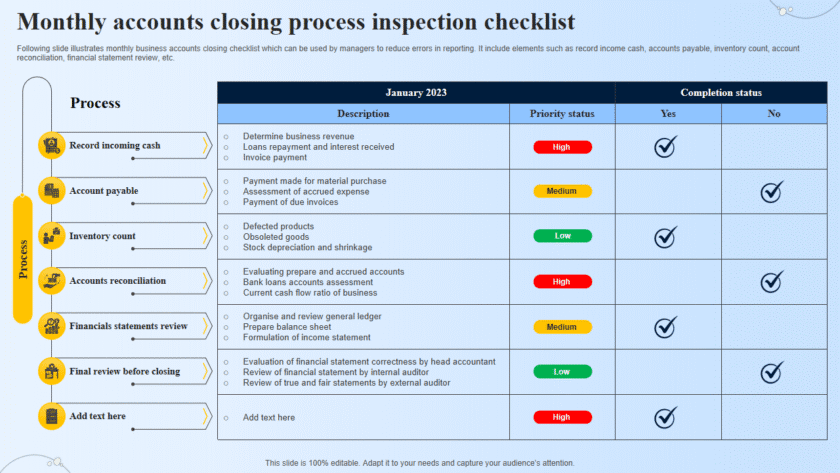Common Types of Cyber Threats Everyone Should Know
In today’s digital world, cyber threats are everywhere — from your email inbox to your favorite social media apps. Whether you use a computer for business or personal tasks, understanding these threats is the first step to protecting yourself online.
Let’s break down the most common types of cyber threats everyone should be aware of in 2025:
1. Malware
What it is: Malicious software designed to harm or exploit your system.
Examples: Viruses, worms, trojans, ransomware, spyware.
How it works: It infects your computer through downloads, email attachments, or unsafe websites.
💡 Protection Tip: Install a reliable antivirus, keep software updated, and avoid downloading from unknown sources.
2. Phishing
What it is: Fraudulent attempts to steal sensitive information by pretending to be a trusted source.
How it works: Hackers send fake emails or messages that look real to trick you into clicking malicious links or revealing personal info.
💡 Protection Tip: Always verify the sender’s email address and never click suspicious links.
3. Ransomware
What it is: A type of malware that locks your files and demands payment to unlock them.
How it works: It often spreads via infected email attachments or compromised websites.
💡 Protection Tip: Keep backups of your files and never pay the ransom — instead, seek professional help.
4. Social Engineering Attacks
What it is: Psychological tricks hackers use to manipulate people into giving away confidential data.
Examples: Impersonating IT support, fake tech support calls, or urgent “account warning” messages.
💡 Protection Tip: Be skeptical of unsolicited requests for personal information — verify first.
5. Denial-of-Service (DoS) Attacks
What it is: Overloading a system or network to make it unavailable to users.
How it works: Hackers flood a server with traffic until it crashes.
💡 Protection Tip: Use firewalls, intrusion detection systems, and ensure your hosting provider offers DDoS protection.
6. Man-in-the-Middle (MITM) Attacks
What it is: Hackers secretly intercept communication between two parties.
How it works: They can steal login details or modify information during transmission.
💡 Protection Tip: Use encrypted connections (HTTPS) and avoid using public Wi-Fi without a VPN.
✅ Conclusion
Cyber threats are constantly evolving, but awareness is your best defense. By understanding these common attacks and taking preventive measures, you can safeguard your data, finances, and privacy from cybercriminals.
Staying safe online is no longer optional — it’s essential.






